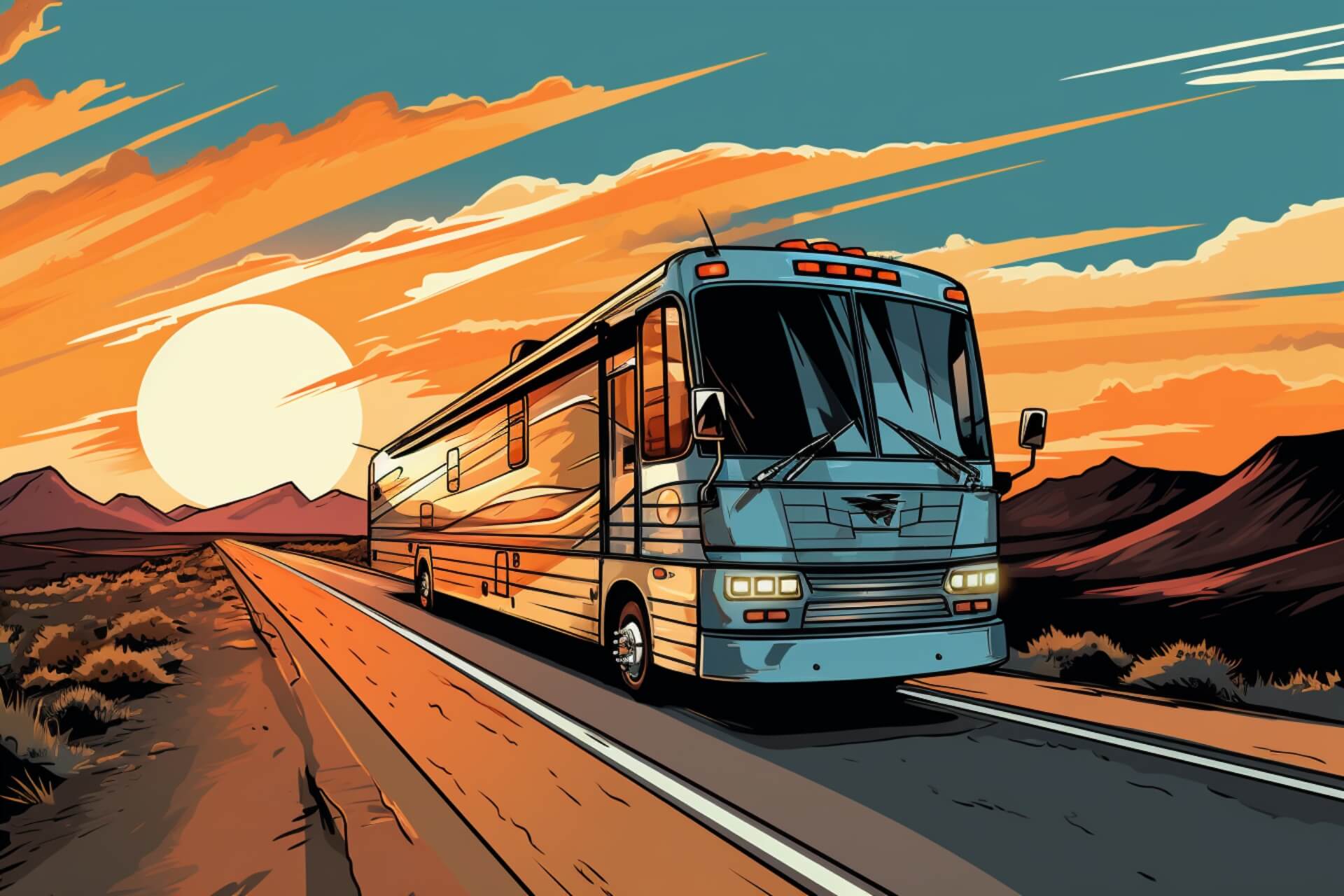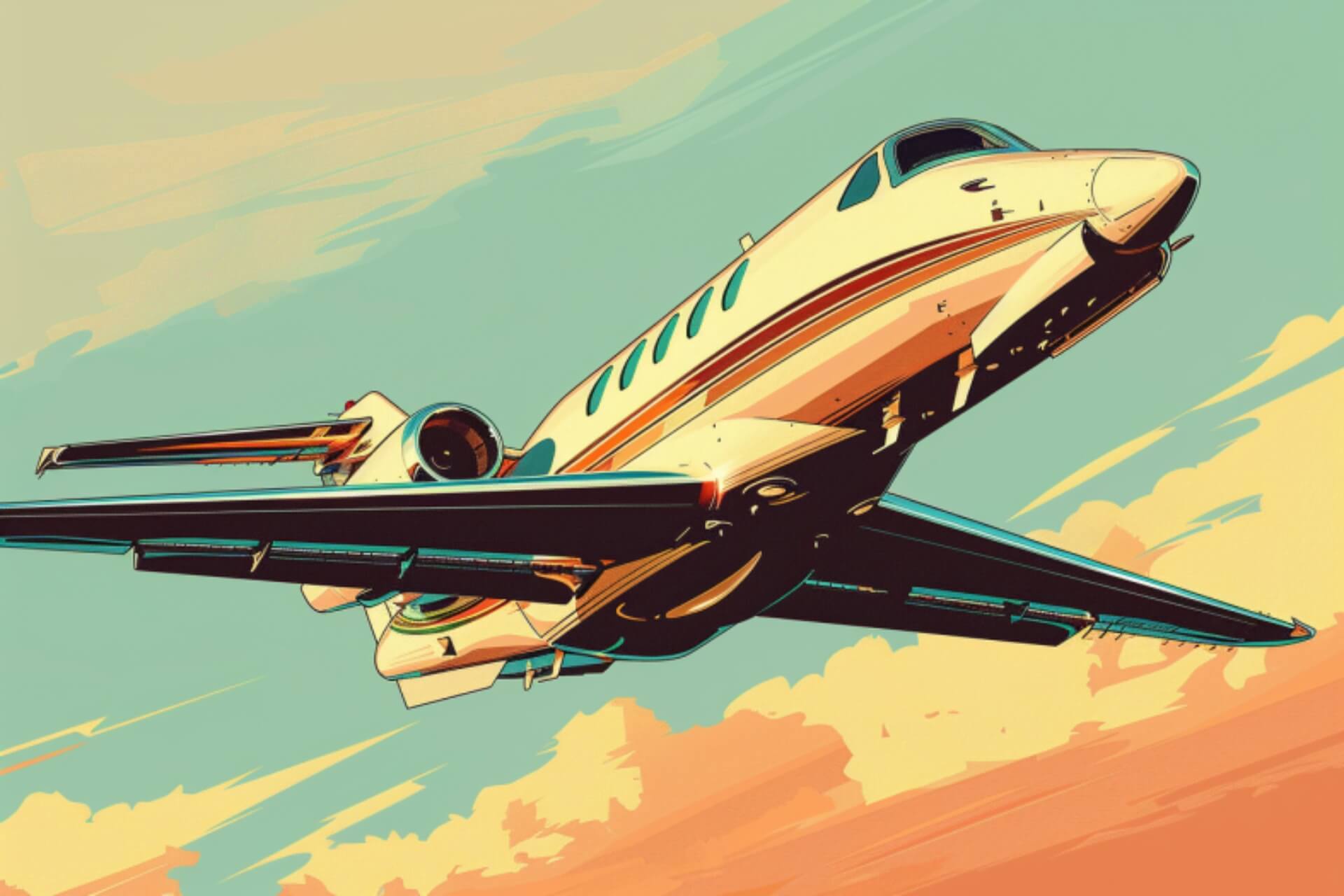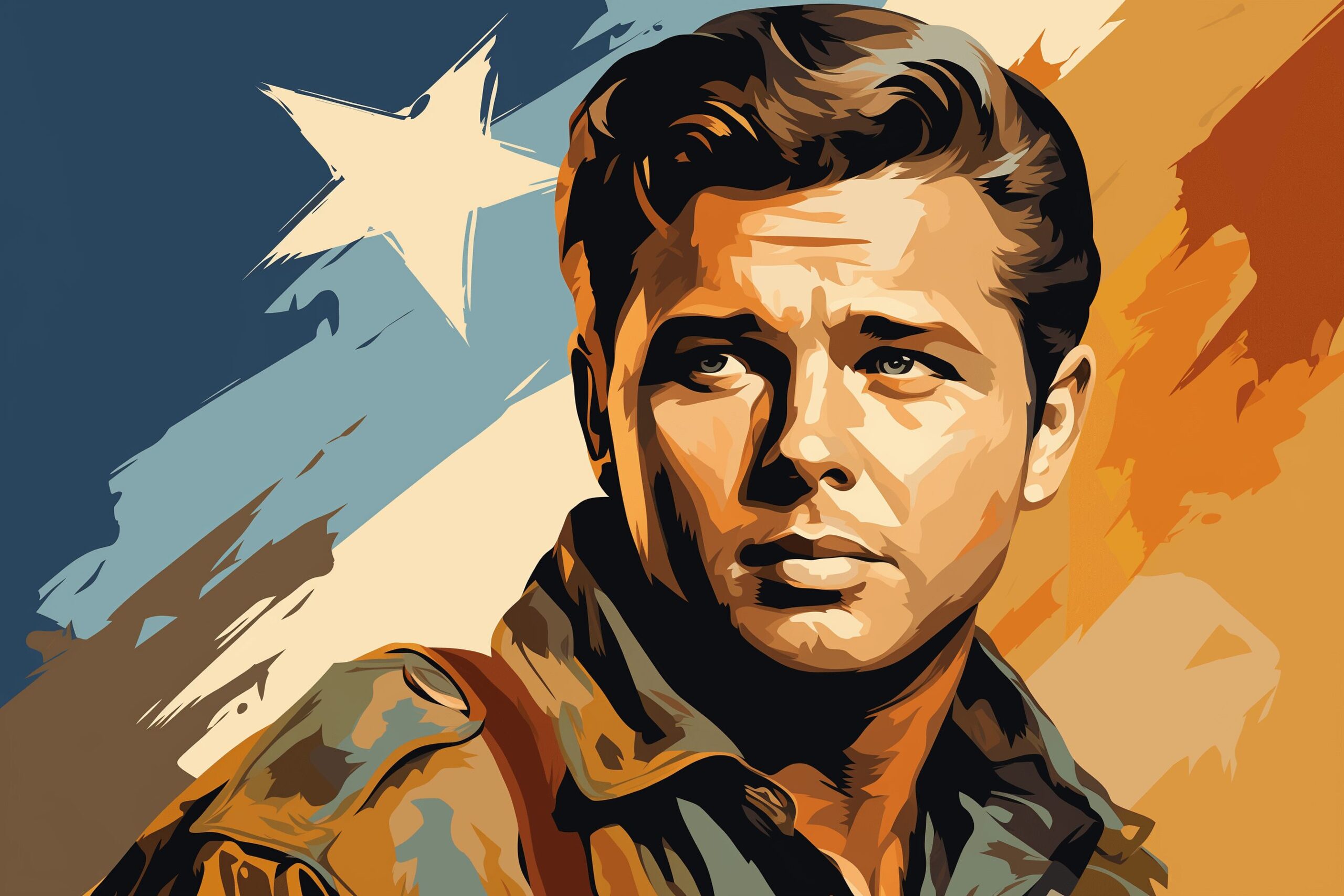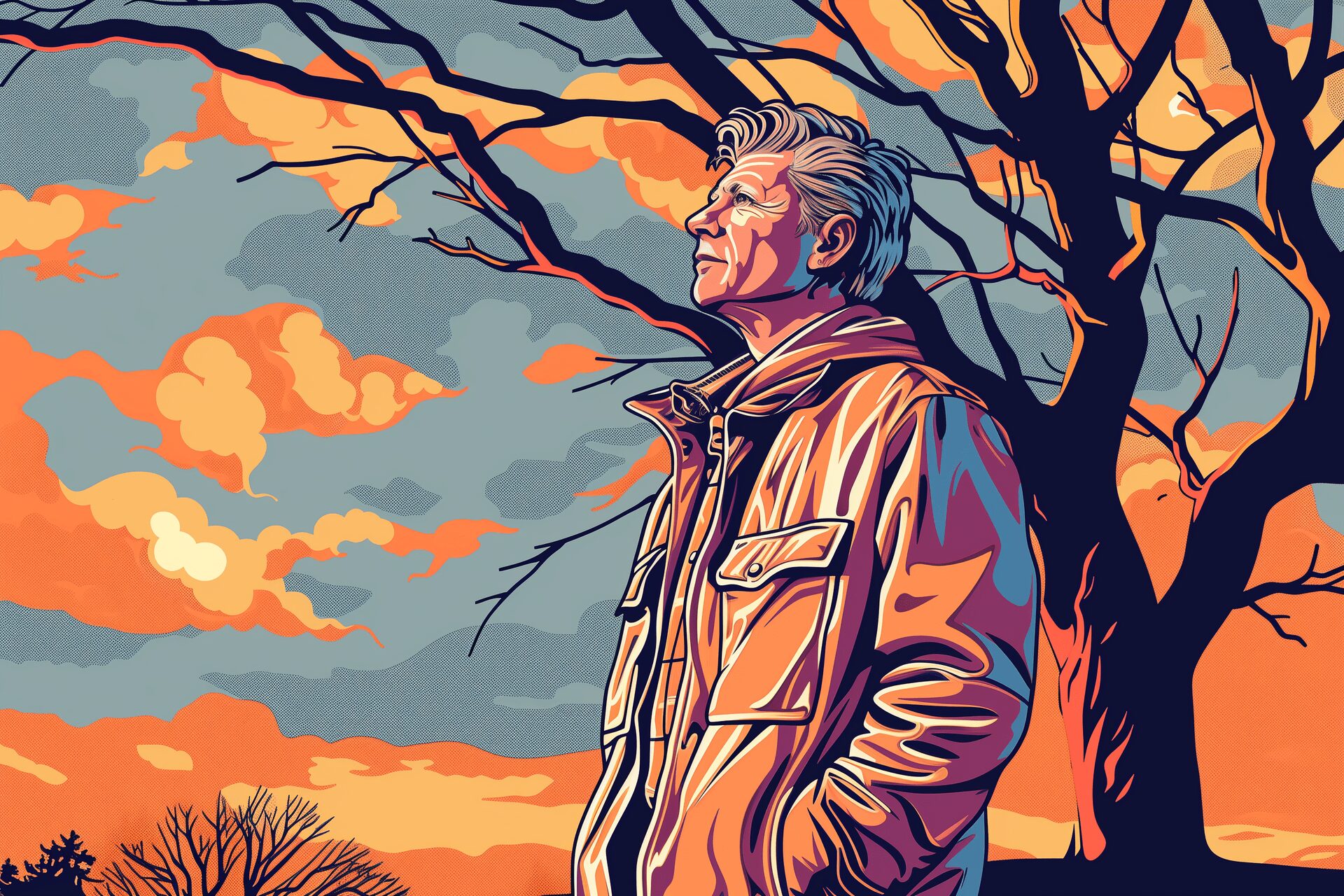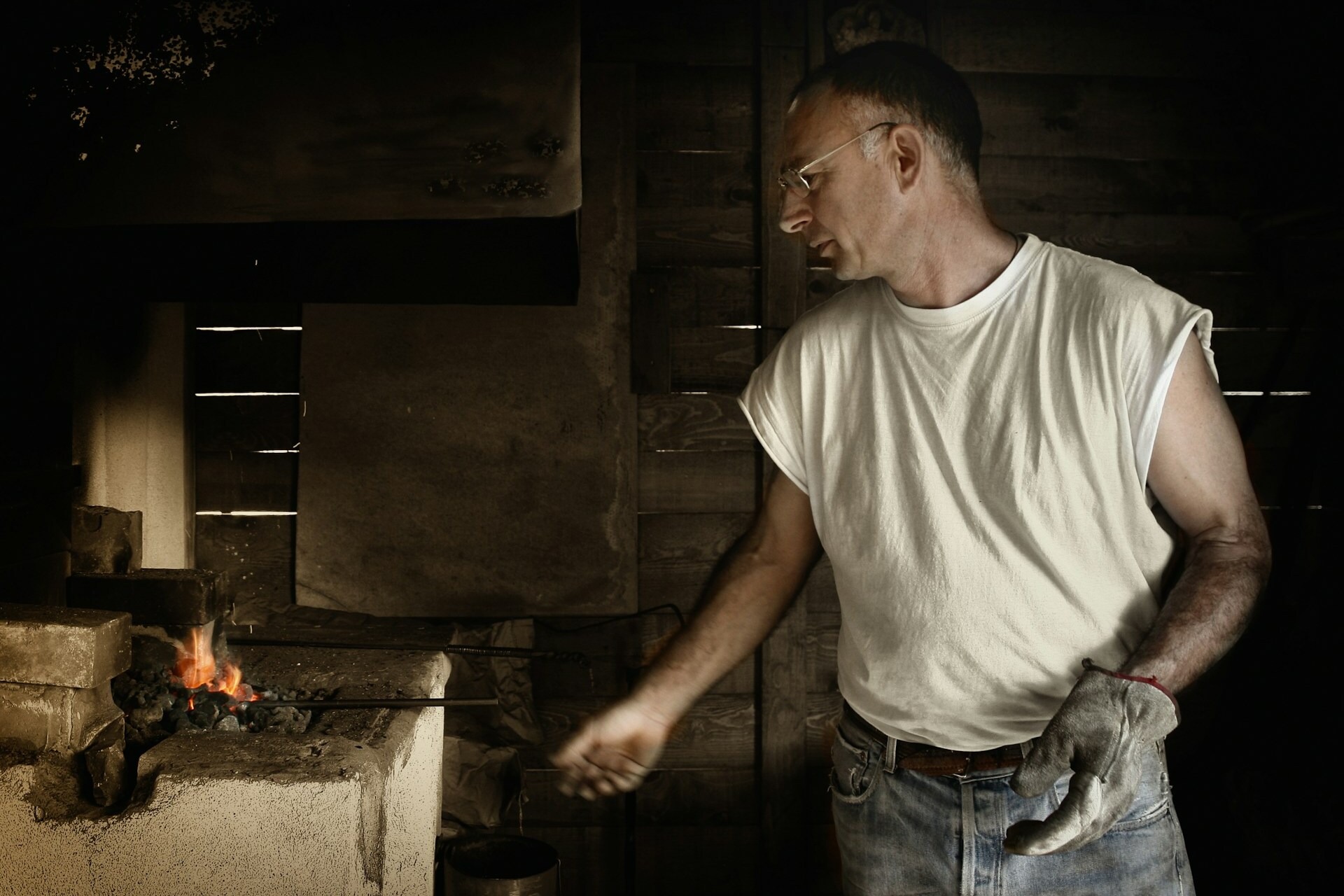
As an Amazon Associate, Modded gets commissions for purchases made through links in this post.
Decades ago, getting the dress code right at work could be the difference between keeping your job and being put on the breadline. These days, most businesses take a slightly more relaxed approach.
That’s not to say dressing well is a thing of the past. And sometimes it isn’t clear if your office outfit is technically “appropriate.” So what’s the difference between smart casual vs. business casual?
It’s a little complicated, so here are a few basic guidelines to inform your wardrobe decision-making.
1. Wear a Collar
Tee shirts are comfortable, but they’re rarely appropriate in the workplace. That said, you might be able to wear a particularly nice tee under a blazer or let your hair down a little on casual Fridays.
Most of the time, however, your neckline should be complemented by that formal flap of fabric.
2. Slacks Over Jeans
Depending on where you live — and your company culture — a nice pair of jeans isn’t going to put you out of work. To keep things simple, though, you can never go wrong with slacks.
Chinos, for example, are a breezy alternative to suit pants that don’t look too casual. Opt for darker colors, such as black, charcoal and navy. If you’re a trendsetter, try a slim fit to accentuate your form. Be sure to find a pair that lets you move around comfortably.
3. Shorts Are Never Okay
Unless you make a living as a lifeguard, don’t wear shorts to work. End of story. The same policy goes for hats.
4. Leather Shoes Go a Long Way
These days, an executive might pull off a stylish pair of sneakers. Air Maxes, for example, or a throwback pair of Vans. However, when you’re not trying to toe the line, we recommend sticking to leather shoes.
You don’t have to wear wingtips to work. Lots of shoes come in leather, and you can find several options that will leave you safely in the realm of business casual. Chukkas, for example, are low-cut boots made from full-grain leather. The right pair of boots conveys a sophisticated look.
Remember, your belt color should match your shoes. Coordinate other accessories to complete your look.
5. A Tie Isn’t Necessary
When we talk about the difference between casual dress and business casual for men, we often focus on underdressing. You don’t want to show up to a black-tie event in a t-shirt and jeans. Yet it’s possible to overdress, too.
Your co-workers won’t slight you for showing up well-dressed. But unless you’re an executive, wearing a suit each day might come off as pretentious. If you live somewhere that gets cold, a shirt, slacks and a nice jacket is a great everyday outfit. Save the tie for special occasions.
6. Dress It Up With a Watch
Gone are the days when men looked to one another’s wrists as a status check. Yet analog watches are making a comeback as the public realizes how over-connected they are. Men in their 20s and 30s are drawn to the retro appeal, with an analog’s simple face and timeless charm.
You can find a classy dress watch with a leather strap or a sports version with a bracelet-style strap for around $100. While not required, this accessory will add some prominence to your biz-casual outfit.
7. Be Clean and Confident
You can pull almost anything off if it’s pressed and worn with confidence. Even a white T-shirt and jeans, when paired with the right jacket and accessories, can look professional.
If you show up with a wrinkly outfit, however, don’t expect to look or feel professional. Take the extra few minutes to iron your clothing.
Smart Casual vs. Business Casual — The Difference
Take care of your clothes and prepare your workplace outfit the night before. With the right ensemble, you’ll feel more confident and earn the respect of those around you.
Stay up to date with the latest by subscribing to Modded Minute.
Author
Jack Shaw is a senior writer at Modded. Jack is an avid enthusiast for keeping up with personal health and enjoying nature. He has over five years of experience writing in the men's lifestyle niche, and has written extensively on topics of fitness, exploring the outdoors and men's interests. His writings have been featured in SportsEd TV, Love Inc., and Offroad Xtreme among many more publications.
